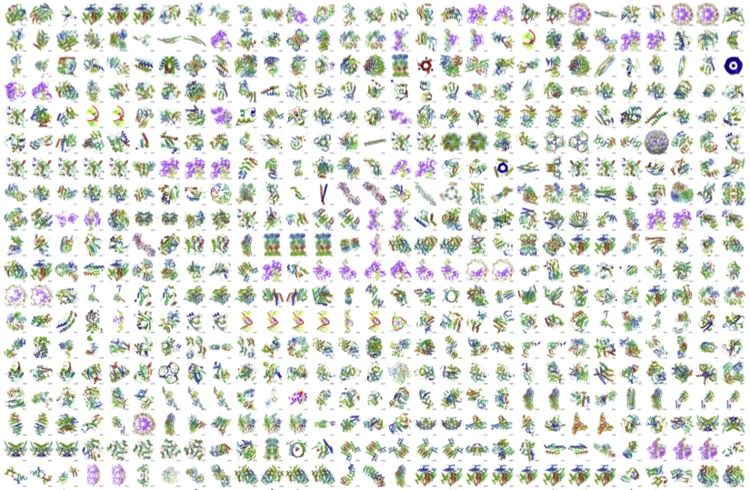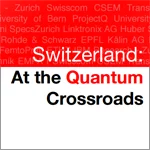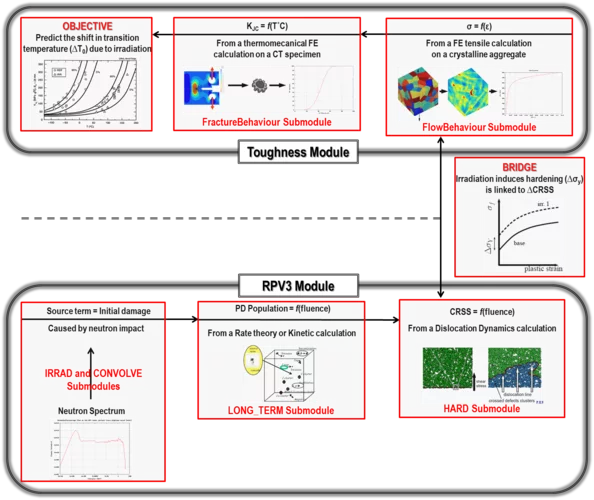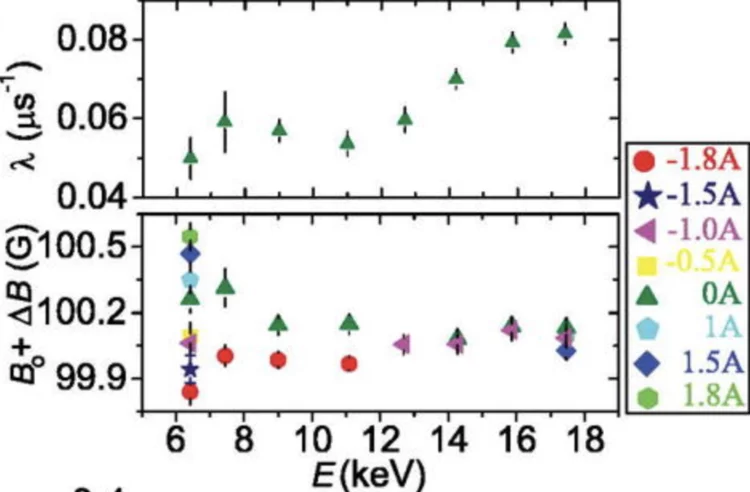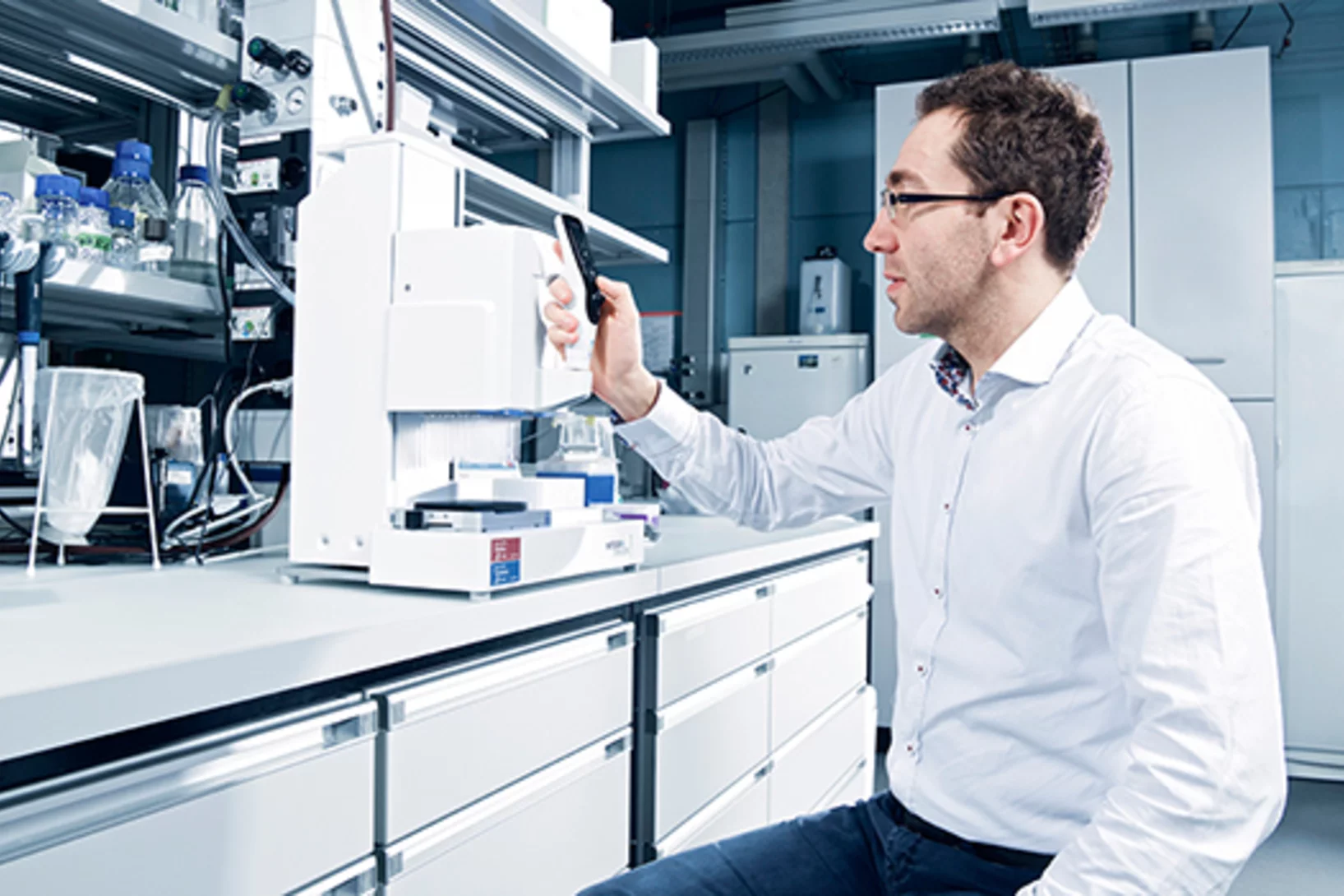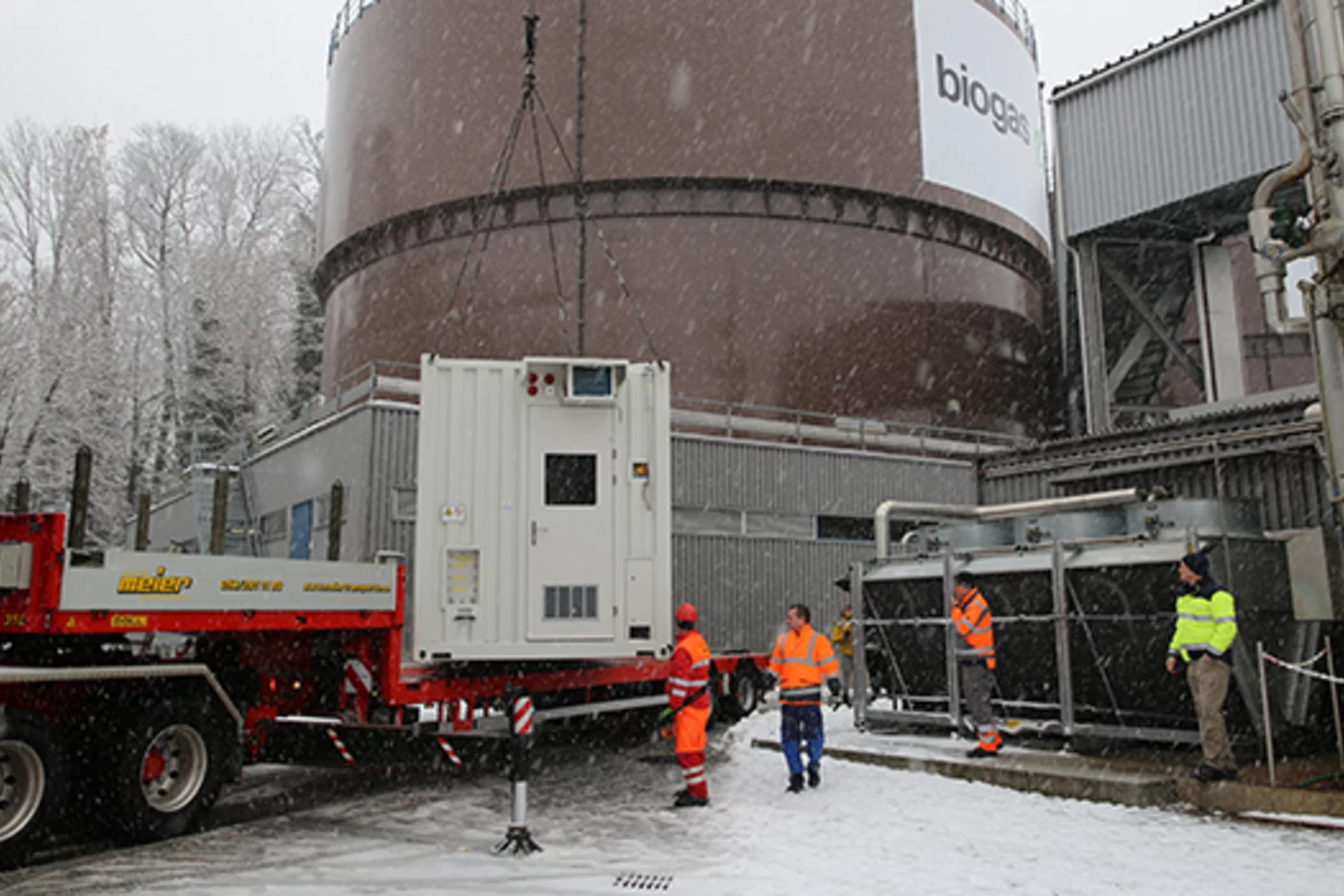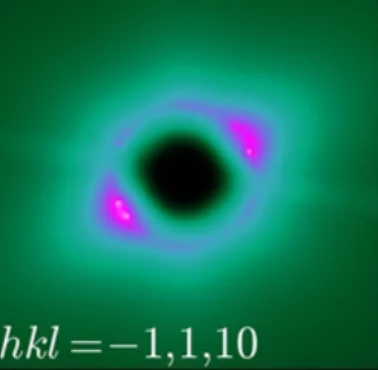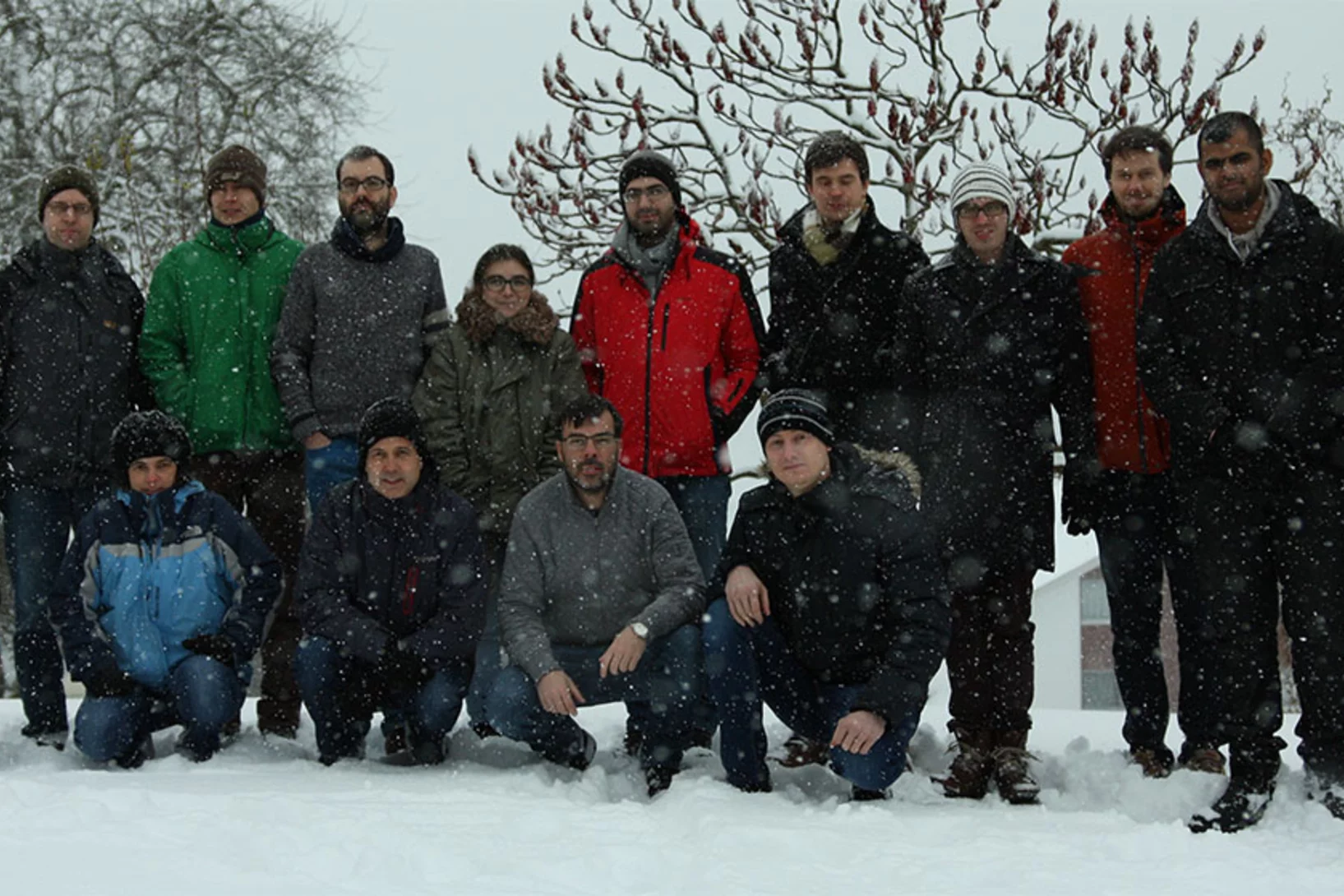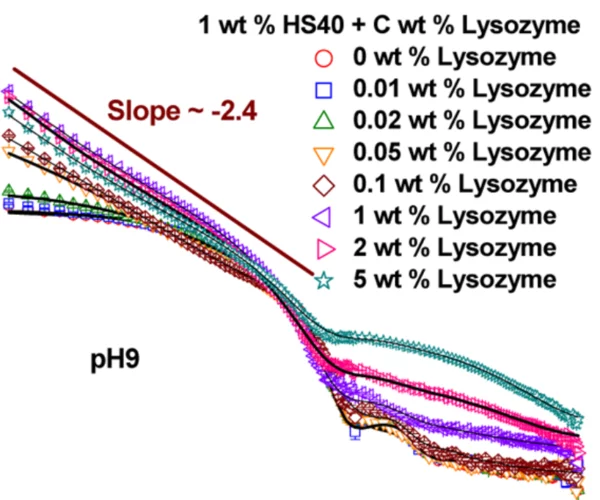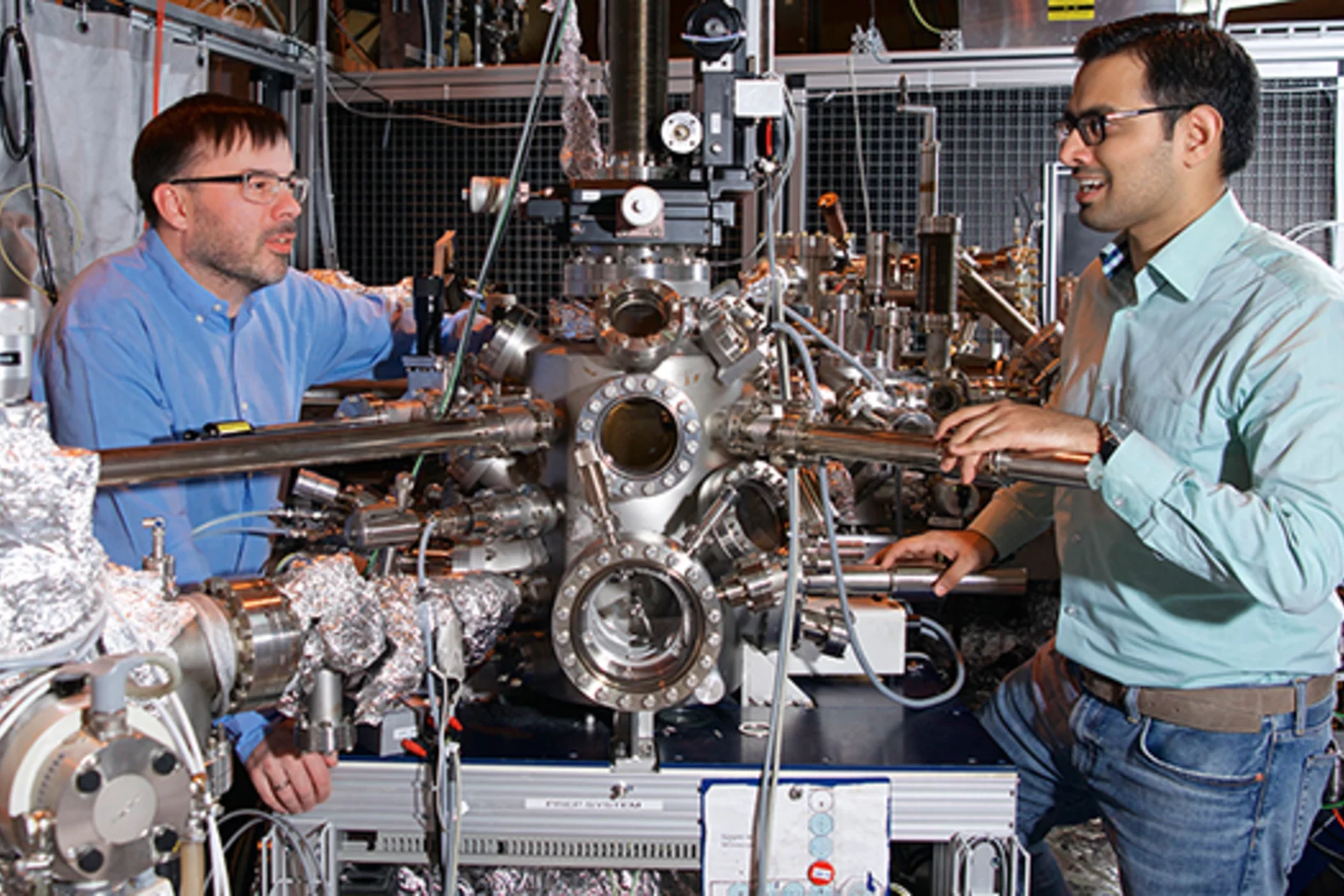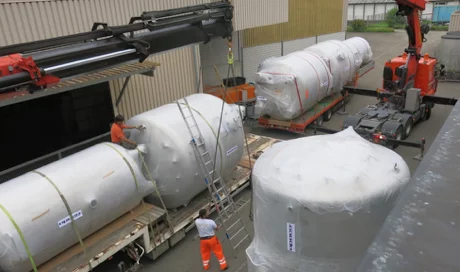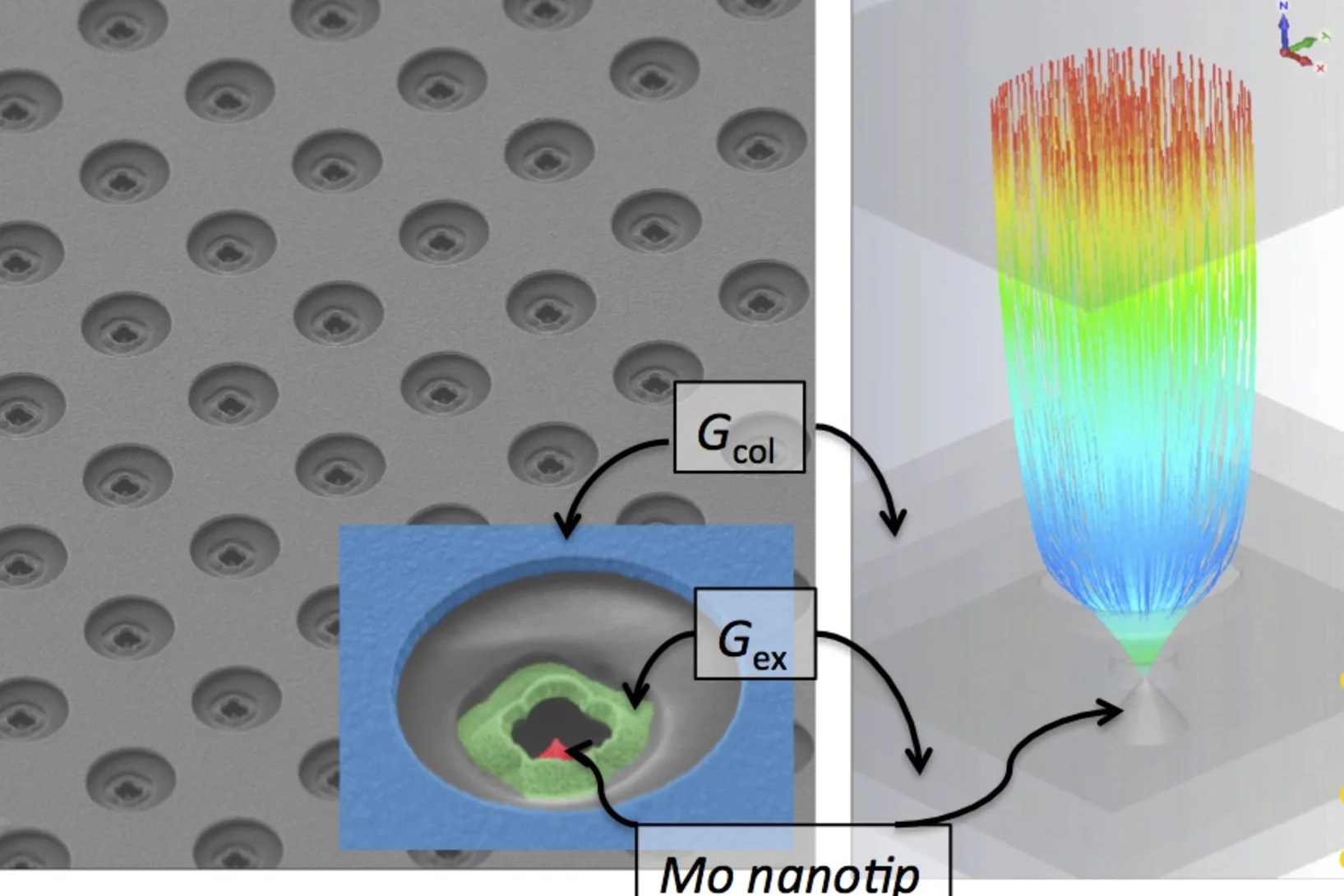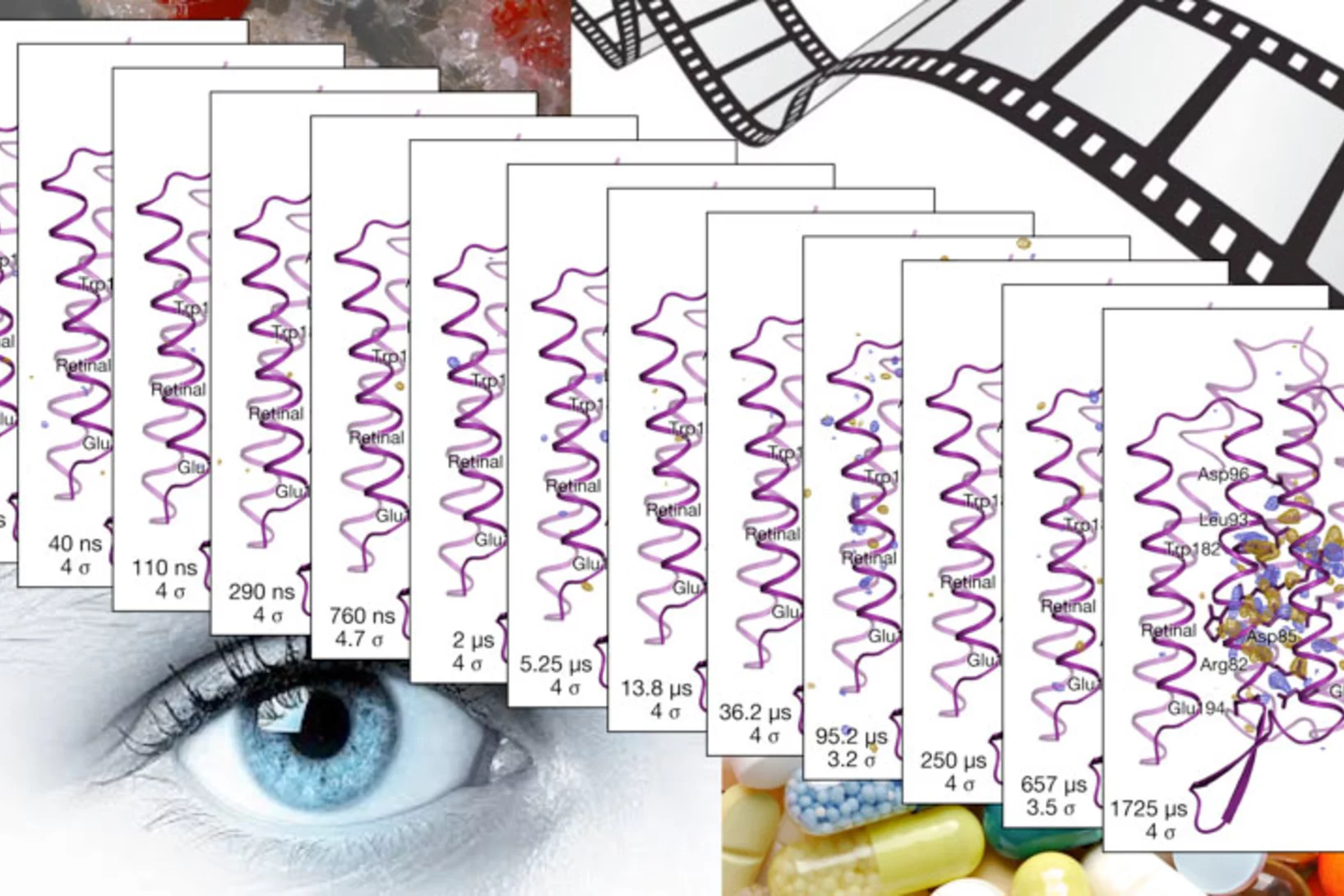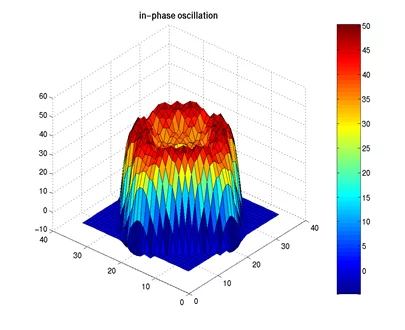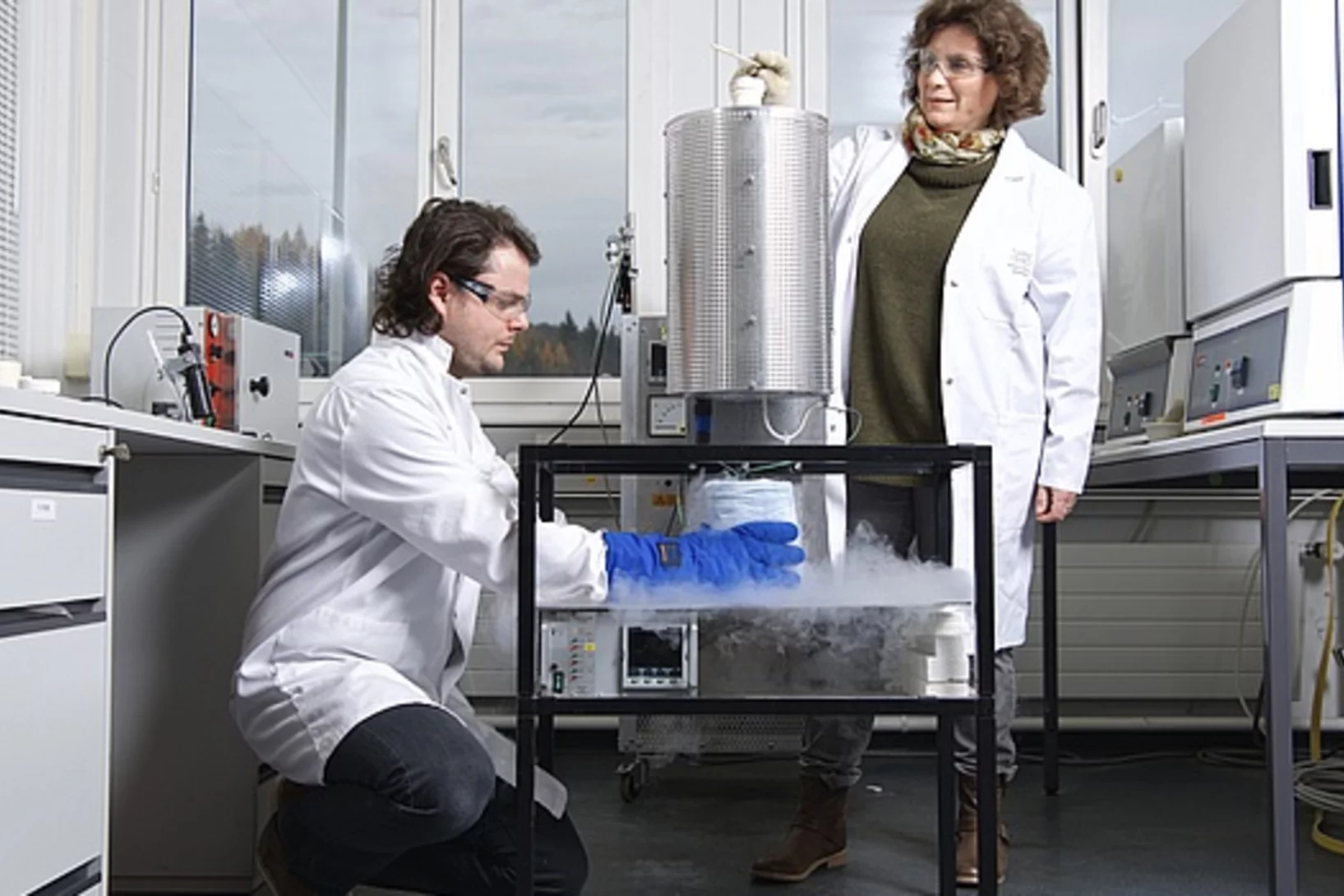Shifting away from nuclear energy, expanding solar and wind power, generating energy from biomass, reducing energy consumption. Switzerland is committed to becoming climate-neutral by 2050. An ambitious goal, which has become more urgent than ever due to the increasingly challenging geopolitical situation. How can a sustainable and resilient energy supply for Switzerland be established over the coming years? What's the optimal way to use renewable energy sources? What new technologies are especially promising? At PSI, researchers are seeking answers to these crucial questions.
1000 Structures solved at X06DA-PXIII
The macromolecular crystallography beamline X06DA-PXIII has reached 1,000 structures in the Protein Data Bank (PDB) on February 22, 2017.
Intermicellar Interactions and the Viscoelasticity of Surfactant Solutions: Complementary Use of SANS and SAXS
In ionic surfactant micelles, basic interactions among distinct parts of surfactant monomers, their counterion, and additives are fundamental to tuning molecular self-assembly and enhancing viscoelasticity. Here, we investigate the addition of sodium salicylate (NaSal) to hexadecyltrimethylammonium chloride and bromide (CTAC and CTAB) and 1-hexadecylpyridinium chloride and bromide (CPyCl and CPyBr), which have distinct counterions and headgroup structures but the same hydrophobic tail.
Switzerland at the Quantum Crossroads document endorsed by QTC@PSI members
“Switzerland at the Quantum Crossroads” outlines the current quantum science and technology landscape in Switzerland, explains the promises of this technology and outlines the required steps for Switzerland to leverage its leadership in this space.
IrO2‑TiO2: A High-Surface-Area, Active, and Stable Electrocatalyst for the Oxygen Evolution Reaction
We have developed a synthetic approach to highsurface-area chlorine-free iridium oxide nanoparticles dispersed in titania (IrO2-TiO2), which is a highly active and stable OER catalyst in acidic media. Operando X-ray absorption studies demonstrate the evolution of the surface species as a function of the applied potential, suggesting the conversion of the initial hydroxo surface layer to the oxo-terminated surface via anodic oxidation.
New magnetic phase in the nickelate perovskite TlNiO3
The RNiO3 perovskites are known to order antiferromagnetically below a material-dependent Néel temperature TN. We report experimental evidence indicating the existence of a second magnetically ordered phase in TlNiO3 above TN = 104K, obtained using nuclear magnetic resonance and muon spin rotation spectroscopy.
PERFORM-60: Modelling the Ageing of Reactor Vessel Steels
The main threat to the reactor pressure vessel (RPV) operational safety is certainly the radiation damage that hardens and embrittles the steel it is made of. Four decades of research worldwide have allowed understanding and monitoring the phenomena that come into play. At the computational level, a simulation platform, PERFORM-60, has the ambitious aim of predicting the steel evolution for most RPV and operational conditions. It was initially elaborated in the frame of the EU project of the same acronym and is currently further developed to be the end-product of the on-going H2020 EU project SOTERIA. As a contribution of the Laboratory for Reactor Physics and Systems Behaviour (LRS) to SOTERIA, the platform has been rigorously assessed for the first time since its release on a real case study of a Swiss RPV. This critical assessment has been acknowledged by the community and serves as basis for improvements and future developments of the platform within SOTERIA.
Meeting on future directions with Mu3e in Wengen
We spent four days in Wengen, Switzerland, discussing ideas for physics with the Mu3e apparatus beyond the search for the lepton-flavour violating decay of the muon to three electrons. Collaboration members and theorists presented new ideas for future measurements with the high acceptance, high resolution Mu3e spectrometer using high intensity muon and pion beams at PSI. Technical challenges and promising R&D directions related to high-intensity data taking were also discussed in detail.
Carlos Vaz Honored by the American Physical Society as Outstanding Referee 2017
SIM beamline scientist Carlos Vaz was recognized as outstanding referee for providing high quality peer review for the journals of the American Physical Society (APS).
Magnetic Field Dependence of Excitations Near Spin-Orbital Quantum Criticality
The spinel FeSc2S4 has been proposed to realize a near-critical spin-orbital singlet (SOS) state, where entangled spin and orbital moments fluctuate in a global singlet state on the verge of spin and orbital order.
How Switzerland could supply its electric power in 2050
The Laboratory for Energy Systems Analysis at the Paul Scherrer Institute PSI is investigating how Switzerland’s electricity supply might look, up to the year 2050, under a variety of boundary conditions. On the basis of their calculations, the lab’s researchers are able to generate insights on possible future developments of the energy sector, for example, determine how an ambitious reduction in CO2 emissions could be achieved at the lowest possible cost.
Mu3e review at the PSI user meeting
In the context of the annual PSI user meeting, the Mu3e experiment underwent a detailed review by the research committee for particle physics at the ring cyclotron, discussing the preliminary version of the phase I Mu3e technical design report.
Probing current-induced magnetic fields in Au|YIG heterostructures with low-energy muon spin spectroscopy
We investigated the depth dependence of current-induced magnetic fields in a bilayer of a normal metal (Au) and a ferrimagnetic insulator (Yttrium Iron Garnet—YIG) by using low energy muon spin spectroscopy (LE-μSR). This allows us to explore how these fields vary from the Au surface down to the buried Au|YIG interface, which is relevant to study physics like the spin-Hall effect.
In-situ Studies of the Reactivity of Model Catalysts: Surface Chemistry from flat surfaces to nanoparticles
On 7th February Dr. Christian Papp from University Erlangen (Germany) is visiting the SIM beamline and will give a Photon Science Seminar talk with the title: "In-situ Studies of the Reactivity of Model Catalysts: Surface Chemistry from flat surfaces to nanoparticles"
Historical copper, trapped in ice
Until now, the onset of copper production in South America was still unclear. Hardly any written records or artefacts from the early high cultures in Peru, Chile, and Bolivia have been preserved. Now, however, researchers of the Paul Scherrer Institute PSI in Villigen (Switzerland) have tracked down the evidence. Through analysis of ice from the Illimani glacier in the Bolivian Andes, they found out that copper was being mined and smelted in South America since around 700 BC.
Thomas Lippert new Editor-in-Chief of Applied Physics A
Prof. Dr. Thomas Lippert has been appointed as new "Editor in Chief" of the journal Applied Physics A(link is external). He succeeds Michael Stuke who served Applied Physics A more than 20 years as an Editor in Chief.
In cold water
Martin Ostermaier wanted to break out of the comfort zone of science. Now, instead of pipettes, the biochemist is dealing with investors and patent law.
A Miniaturized Biaxial Deformation Rig for in situ Mechanical Testing
Researchers at PSI have developed a new unique miniaturized biaxial deformation rig, which allows to apply in-plane biaxial stress states with arbitrary stress ratios and to perform strain path changes on thin-sheet metals. The device is optimized for in situ usage inside a scanning electron microscope and at synchrotron beam lines.
Higher methane yield from bio-waste
Within Switzerland’s bio-waste a huge amount of precious energy is hidden. That’s because valuable methane, the main constituent of natural gas, can be obtained from it. With a technology developed at PSI, the yield of methane from bio-waste could be increased considerably in the future. A long-term test conducted in cooperation with Energie 360° at the Werdhölzli fermentation and wastewater treatment plant is expected to advance this technology further along its path to industrial use.
Full Elasticity Tensor from Thermal Diffuse Scattering
We present a method for the precise determination of the full elasticity tensor from a single crystal diffraction experiment using monochromatic X-rays. For the two benchmark systems calcite and magnesium oxide, we show that the measurement of thermal diffuse scattering in the proximity of Bragg reflections provides accurate values of the complete set of elastic constants.
Added value for cancer patients
At the Paul Scherrer Institute PSI, cancer patients receive a treatment that is unique in Switzerland: proton therapy. This state-of-the-art form of radiation therapy against cancer has major advantages, compared to conventional irradiation, in terms of effectiveness and side-effects. The PSI has its own Center for Proton Therapy dedicated to this special treatment. Its pioneering work has not only helped several thousand patients, but also has fundamentally changed proton therapy worldwide.
Suppression of magnetic excitations near the surface of the topological Kondo insulator SmB6
We present a detailed investigation of the temperature and depth dependence of the magnetic properties of the three-dimensional topological Kondo insulator SmB6, in particular, near its surface. We find that local magnetic field fluctuations detected in the bulk are suppressed rapidly with decreasing depths, disappearing almost completely at the surface.
Annual Retreat of the Microscopy & Magnetism Group
The Magnetism and Microscopy group has met for its annual retreat meeting in Lungern 11- 15.1.2017 (in the central mountain region of Switzerland) for extensive discussions on its science program. As for other years, after some general introductory lecture into the techniques used, current and future projects have been presented by the PhD students, postdocs, and scientists as well as from guests who collaborate with the group. Discussion went into the time where dinner has been prepared together, followed by some leisure activities on Saturday.
Structure and Interaction in the pH-Dependent Phase Behavior of Nanoparticle−Protein Systems
The pH-dependent structure and interaction of anionic silica nanoparticles (diameter 18 nm) with two globular model proteins, lysozyme and bovine serum albumin (BSA), have been studied. Cationic lysozyme adsorbs strongly on the nanoparticles, and the adsorption follows exponential growth as a function of lysozyme concentration, where the saturation value increases as pH approaches the isoelectric point (IEP) of lysozyme.
Nanotechnology enables new insights into chemical reactions
Eighty percent of all products of the chemical industry are manufactured with catalytic processes. Catalysis is also indispensable in energy conversion and treatment of exhaust gases. Industry is always testing new substances and arrangements that could lead to new and better catalytic processes. Researchers of the Paul Scherrer Institute PSI in Villigen and ETH Zurich have now developed a method for improving the precision of such experiments, which may speed up the search for optimal solutions.
New sewage cleaning system and tank farm
PSI Hotlab is collecting and radiologically cleaning the entire radioactive waste water from the PSI East side. In the years 2014-2016 a major refurbishment took place, where the old tank farm was decommissioned, and new stainless-steel tanks were installed together with new, modern ultrafiltration systems during normal operation of the lab.
Can a metal nanotip array device be a low-emittance and coherent cathode?
A nanofabricated low emittance field emitter array cathode was demonstrated for the first time, and successfully applied to observe the low-energy electron diffraction from suspended monolayer graphene. The work has an impact on the future development of compact X-ray free electron lasers, THz/RF vacuum electronic sources, and ultrafast electron imaging and diffraction experiments.
A three-dimensional movie of structural changes in bacteriorhodopsin
Snapshots of bacteriorhodopsinBacteriorhodopsin is a membrane protein that harvests the energy content from light to transport protons out of the cell against a transmembrane potential. Nango et al. used timeresolved serial femtosecond crystallography at an x-ray free electron laser to provide 13 structural snapshots of the conformational changes that occur in the nanoseconds to milliseconds after photoactivation. These changes begin at the active site, propagate toward the extracellular side of the protein, and mediate internal protonation exchanges that achieve proton transport.
The Dynamics of Nuclear Reactors
Nuclear reactor dynamics deals with the transient behaviour of nuclear reactors which mostly refers to time changes of the imbalance between heat production and removal. Since the prediction of the dynamic behaviour is crucial for the safety of a reactor, computational models and methodologies have been developed in the framework of the STARS project, at the Laboratory for Reactor Physics and Thermal-Hydraulics (LRT), with the main goal to simulate the complex behaviours of reactors under various conditions with a high level of fidelity.
Towards energy-saving data storage
A new material could become the basis for future data storage devices, since it may enable significant reductions in energy demands in comparison to present-day hard drives. It is a material from the class of so-called magnetoelectric multiferroics, exhibiting the necessary magnetic properties even at room temperature.
Tuning magnetic spirals beyond room temperature with chemical disorder
Frustrated magnets with spiral magnetic orders are of high current interest due to their potential for spintronics and low-power magnetoelectric devices. However, their low magnetic order temperatures (typically <100K) greatly restrict their fields of application. Researchers of PSI have demonstrated that the stability domain of the spiral phase in the perovskite YBaCuFeO5 can be enlarged by more than 150K through a controlled manipulation of the Fe/Cu chemical disorder.

